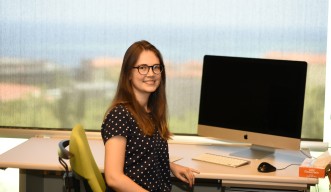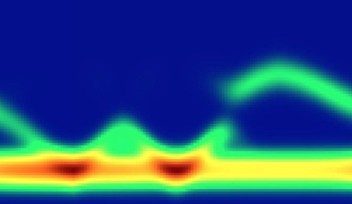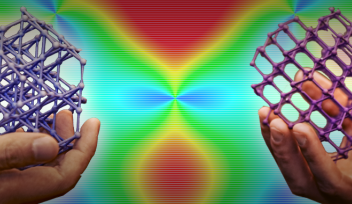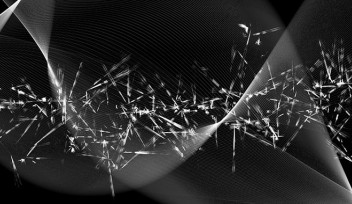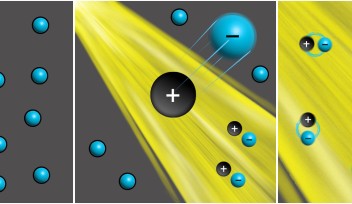OIST student sees success in European Hackathon
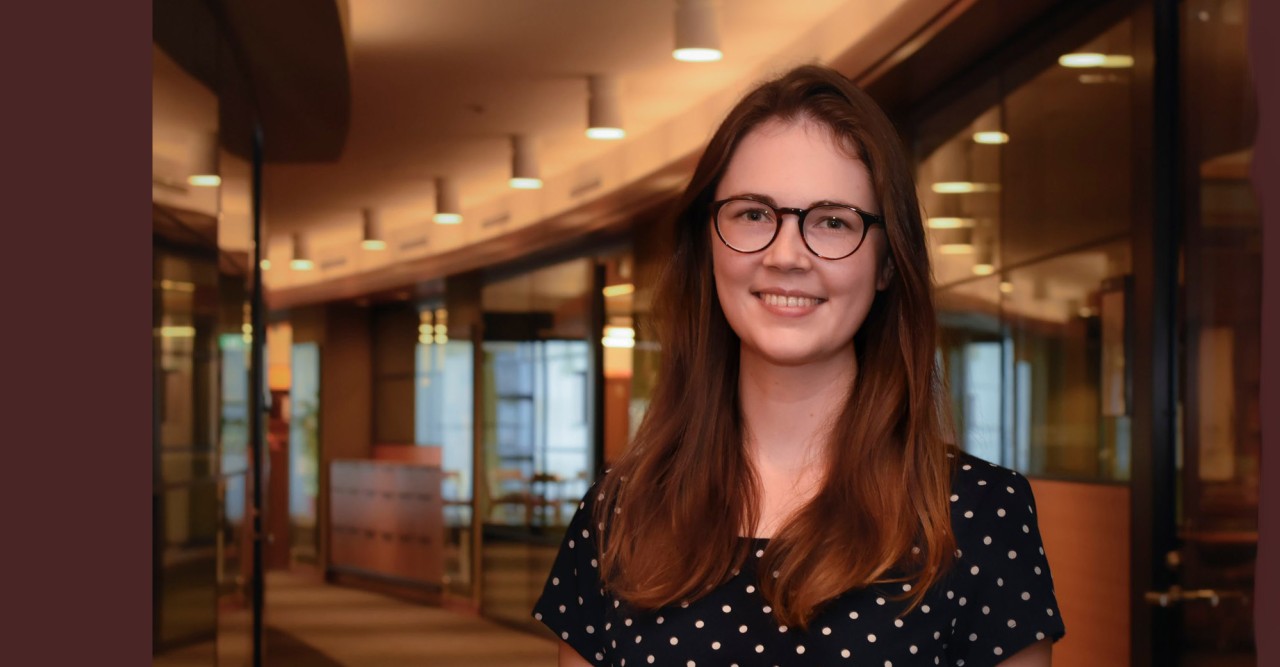
The Qiskit Hackathon Europe 2021 brought researchers and developers from across Europe together to collaborate and build quantum computing projects. It ran from April 20 to June 14 and included two stages. The first stage saw all teams pitching and submitting their ideas. After two weeks, the judges selected twenty teams to move into stage two, which involved an intense month of collaborating and developing their projects.
PhD student, Friederike Metz, from the Okinawa Institute of Science and Technology Graduate University (OIST) together with PhD students Korbinian Kottmann, Joana Fraxanet, and Niccolò Baldelli from ICFO (Institut de Ciencies Fotoniques) in Spain formed the Quantum Anomaly Detection team.

“Competing in a hackathon was on my to-do list, and it was an amazing experience,” said Friederike. “I worked closely and intensely with the team over a short time.”
As OIST, Friederike is based in the Quantum Systems Unit but for this competition she happened to be in Germany, collaborating with researchers at another institute. Together with her teammates, she set about developing a quantum machine learning technique that would allow one to analyze the phases in a quantum system without any prior knowledge.
In quantum mechanics, systems are tiny, referring to the interactions between one, two, or three isolated particles. Compared to the classical, everyday world, where matter behaves in certain, predictable ways, the rules that govern these interactions are completely different. Actions that happen in one spot can strongly influence atoms far away. There are still many unknowns but, by analyzing the different phases in these systems, scientists are hoping to find insights.
There are phases in the classical world too. An example that Friederike gives is water, which can be liquid, a gas or ice. In the quantum world, phases are the different ways that particles can arrange themselves in isolated systems—a system enclosed by a boundary through which neither mass nor energy can pass. It is essentially closed off from any outside influence.
“Physicists try to figure out how many phases these systems have. But, to do this, one needs to have intuition and prior knowledge,” Friederike said. “We decided to develop a quantum machine learning technique that would eliminate this requirement.”
“The idea came from one of my teammates who had previously done a similar study using classical machine learning techniques. We decided to do it with quantum machine learning which allows us to perform the full algorithm directly on a quantum device. In the first two weeks, we were quite relaxed. We organized and submitted our ideas. It was fun but we certainly didn’t work fulltime. Once we got through to stage two, we realized it was working and that we could win. That was a good motivator. We started giving it 100%.”
In total there were three top winning teams. Each of these teams received 3000 € prize money, and each member received an exclusive swag kit.
The Quantum Anomaly Detection Team has written a pre-print article about the work that they did during this competition, which they plan to publish soon.
“It was a really fun and really productive experience,” concluded Friederike. “When I signed up, I had zero expectations to win. I just wanted the experience. And after just six-weeks, we’ve done enough research to write a paper. I would definitely compete again if I found another great team to work with.”
Specialty
Research Unit
For press enquiries:
Press Inquiry Form











